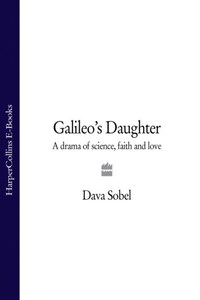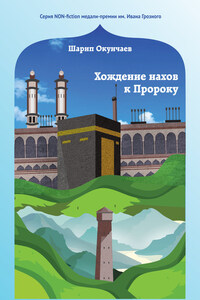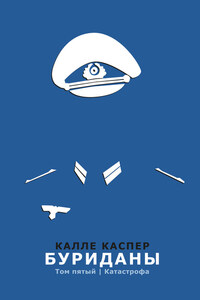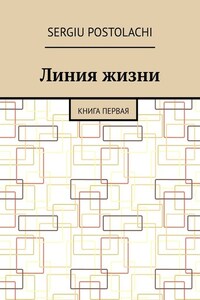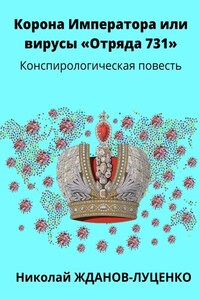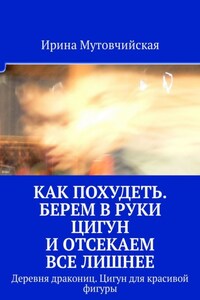When I was a boy in a small Ohio agricultural town, two sources of accurate time were available: the radio, which on the hour pronounced “At the sound of the tone, the time will be 3 p.m. Eastern Standard Time;” and the striking of the courthouse clock, which was an important component of organizing our day. Some of the townspeople did not have wristwatches and depended on the courthouse bells for marking the beginning and end of the workday.
Many did have wrist or pocket watches, but they might lose or gain five minutes in five hours, which meant resetting them several times each day. Bragging about the accuracy of one’s watch was a common occurrence.
The courthouse dome towered high above the town’s church steeples. Equally distributed around the barrel under the dome, four clock faces pointed outward toward the cardinal points of the compass.
Schoolchildren were occasionally permitted to tour the courthouse tower. When viewed from ground level, it appeared a modest structure. But to the students exploring inside the tower, the cavernous interior was enormous. Dust-covered beams and braces criss-crossed from one side to the other. The clock faces were gigantic, the hands longer than the children were tall. The experience imparted a vivid memory: clocks were important.
A boat ride down the Thames from Westminster to Greenwich is a tour through time. Two millennia of history reside along the river’s banks from the Roman port of Londinium down through the Saxon years; a history footnoted by the Great Plague of 1665, the Great Fire the following year, the Industrial Revolution, and the destruction accompanying the world wars of the twentieth century.
A visitor disembarking at Greenwich Pier walks past the famous clipper ship Cutty Sark and Gypsy Moth II, the small craft in which Francis Chichester sailed solo around the world. Greenwich is clearly a seagoing place. A short walk through the charming streets leads to the National Maritime Museum. Here are the charts and artifacts of Britain’s greatest admiral and naval hero, Horatio Nelson, and of her greatest naval explorer, Captain James Cook. The galleries overflow with paintings, model ships, scientific and navigational equipment, cartography collections and the largest nautical library in the world.
In this museum, many years ago, I found what I had long hoped to see, perhaps the most significant clocks in history, the first accurate marine chronometers. Built in the eighteenth century by a Yorkshire carpenter turned clockmaker, John Harrison, his first three were unlike any clock I had ever seen. The earliest, about two feet square, appeared to be of brass with a separate dial for each of its four hands. Ball weights protruded upward on the ends of oscillating arms connected by springs.
Harrison’s second and third clocks seemed to be slightly smaller and had similar but somewhat different mechanisms. The final Harrison clock, and reputedly the best performer, was completely different from the others. It resembled an overgrown pocket watch, perhaps five or six inches in diameter and two inches deep, in a silver case. Each clock was impeccably crafted, giving the impression of having been created by a jeweler rather than by a carpenter.
I walked across the street, through the park, and up the hill to Flamsteed House, the observatory designed by Sir Christopher Wren in 1675. King Charles II had ordered it to be built to improve marine navigation and “find out the so-much desired longitude at sea for perfecting the art of navigation.” He named John Flamsteed his first Astronomer Royal the same year.
The Royal Observatory is the location of the Prime Meridian. A plane passing through the observatory and through the Earth’s north and south poles will cleave Earth precisely into eastern and western hemispheres. The observatory also serves as the base for Greenwich Mean Time (GMT) and hence is the location where each day, year, and century begins.
At some point, Harrison’s chronometers were moved from the Maritime Museum across the street, through the park, and up the hill to the observatory. It is ironic for the clocks, at the time of this writing, to reside in the laboratory of the clocks’ greatest critics, the astronomers.
The history of an observatory constructed to solve the problem of determining longitude is fascinating. The chronometers too were constructed to solve the problem of determining longitude and, to me, they are even more spellbinding. Over the years, I have returned to Greenwich four more times to visit them and to pay my respects.

